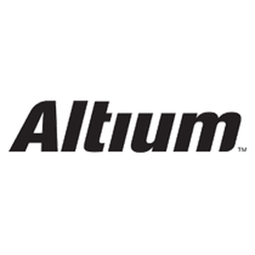Altium
Case Studies
Esterline: Streamlining Aerospace and Military System Design with IoT Integration
Overview
 |
Esterline: Streamlining Aerospace and Military System Design with IoT IntegrationAltium |
Application Infrastructure & Middleware - Middleware, SDKs & Libraries Drones - Flight & Control Systems | |
Aerospace Equipment & Machinery | |
Product Research & Development | |
Manufacturing Process Simulation Virtual Prototyping & Product Testing | |
System Integration | |
Operational Impact
| The adoption of Altium Designer has allowed ECS, Mason to meet the widely varying requirements of its customers with a relatively modest number of seats (six). The company is now able to design faster, which is a market differentiator for them. Faster design turns also encourage the engineers to experiment more and find innovative ways to meet their customer’s appetites for new and innovative features. The features and integration provided by Altium Designer have virtually eliminated 'toolset' induced errors. As a result, the company has been able to reduce risks by leveraging 'lessons learned', achieve higher end-product reliability, and generally shorten qualification processes. Overall, the use of Altium Designer has lowered costs for ECS, Mason. | |
Quantitative Benefit
| Reduced the time and cost to produce new designs by as much as 50% | |
| Projects that would have taken eight weeks before are now a four-week proposition | |
| Virtual elimination of 'toolset' induced errors | |


